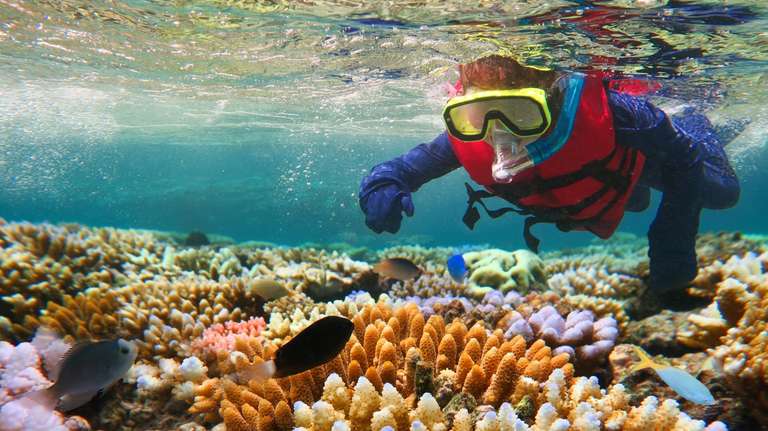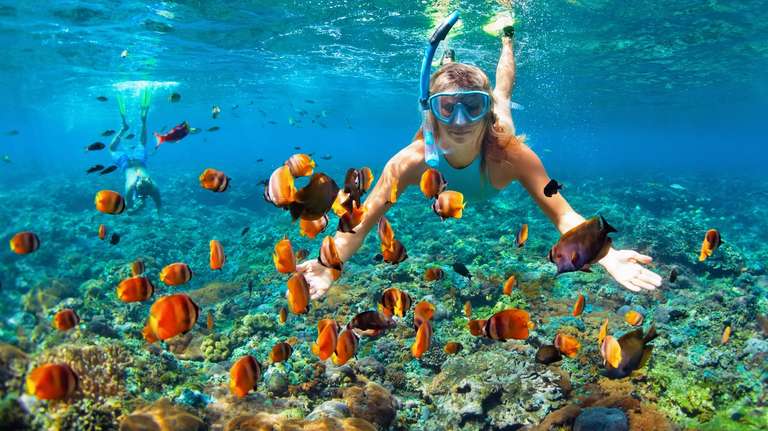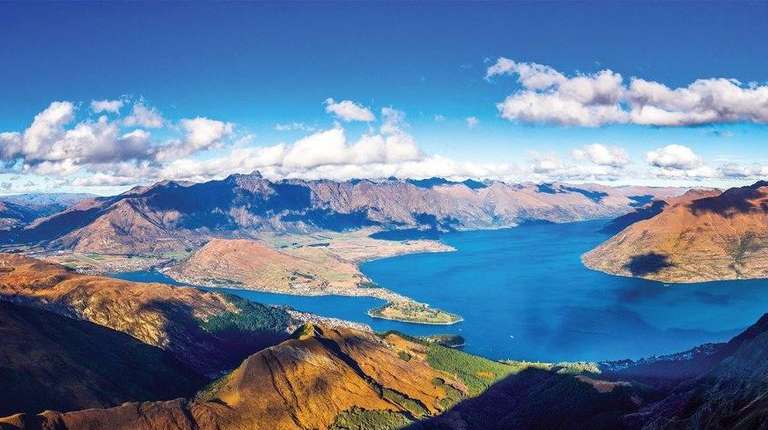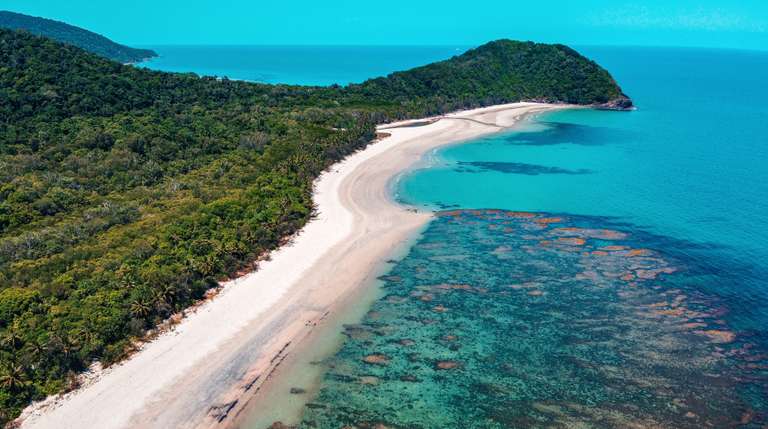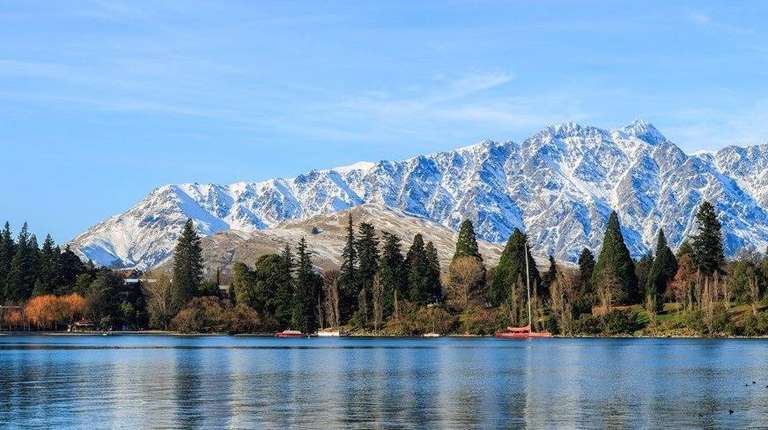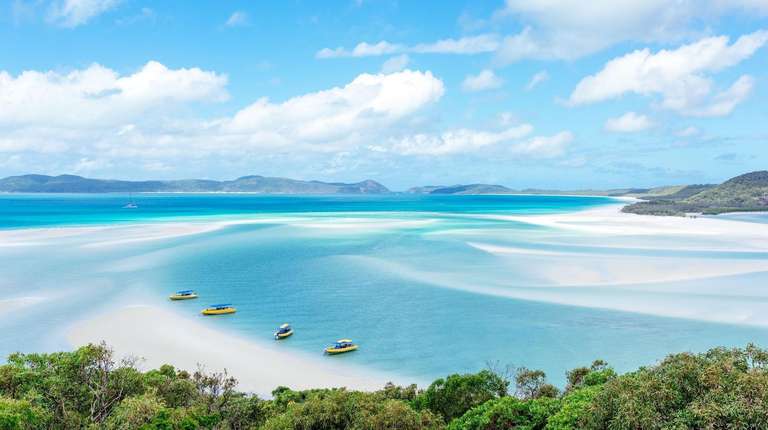4 Best Places to go Diving in Great Barrier Reef

- Rosario Maria Gagliano
- From Italy
- Rosario Maria Gagliano
- From Italy
- Heather M
- From
- Christopher H
- From
1. The Ribbon Reefs

Comprising a chain of 10 individual reefs located 160 km to the North of Cairns, the shallow Ribbon Reefs are ideal for divers of all levels to get their feet wet. Extensive hard coral fields are separated by sandy gullies and attract reef life both big and small, which is sure to take your breath away.
There are approximately 25 dive sites to explore here, each with their own unique characteristics. Cod Hole is home to an almost domesticated group of giant potato cod. Clam Gardens comprises four huge coral bommies. Steve's Bommie is home to frogfish and leaf scorpionfish. The Snake Pit, as the name suggests, will put you face-to-face with inquisitive olive sea snakes and Pixie Pinnacle has a stunning coral bommie which rises up from 40 m.
On your dive in the Ribbon Reefs, you can also expect to see Maori wrasse, coral trout, sweetlips, triggerfish, rays, bluefin trevally, barracudas, and eels. Take note of the batfish as you ascend, and keep your eyes peeled for whitetip reef sharks which can often be seen swimming in the distance.
- Visibility: 10 – 30m
- Dive depth: 5 – 30m
- Currents: Gentle
- Water temperatures: 22 – 29°C.
- Dive experience: Suitable for all levels
Good to know:
- Dive late June or July and you may see dwarf Minke whales.
- Accessible by liveaboard boats for scuba diving in Great Barrier Reef or as a day-trip from Port Douglas.
- The day trip offers semi-submersible tours, underwater observatory viewing, and some of the best opportunities for snorkeling Great Barrier Reef.
2. Osprey Reef

Famous for its water visibility and near guarantee of seeing sharks, the isolated Osprey Reef is the most northerly reef located in the Coral Sea, 350 km from Cairns. Suitable for the most experienced scuba divers only, it covers an area of 195 sq km and is home to huge colorful soft coral. The lagoon is only 30 m deep but the water shelves dramatically to 1,000m, making this a spectacular site for seeing larger fish. With approximately 15 dive sites consisting of caverns, ledges, trenches and swim-throughs, this certainly is a fun and challenging reef to explore.
North Horn is the most well-known dive site on Osprey Reef as this is where shark dives take place. Enjoy a front-row (uncaged) view from the natural feature known as 'Shark Stadium' as you watch hammerheads, grey reefs, silkys, silvertips, and perhaps even the rare tiger shark swim by. Elsewhere in the area you can also expect to see large schools of tuna and trevally, potato cod, coral trout, red bass, bumphead parrotfish, mantra rays and so much more.
- Visibility: 40m +
- Dive depth: 5 – 40 m
- Currents: Calm to moderate
- Water temperatures: 25 – 30°C
- Dive experience: Expert
Good to know:
- Accessible only as a liveaboard experience, scuba diving on the Osprey reef can be expensive due to transport costs getting you to/from the reef.
- This reef is special as it's home to a dwarf form of nautilus pompilius — a unique looking sea creature with an orange banded spiral shell that can move itself via jet propulsion!
3. SS Yongala

Renowned for being one of the top 10 dive sites in the world due to the diverse and super-sized marine life, the SS Yongala shipwreck is located 89 km from Townsville.
The over-a-hundred-meter-long passenger ship is still mostly intact and awaits your exploration. Having sunk in 1911 with all passengers aboard, it is now covered in a beautiful array of vibrant sea life.
The shipwreck boasts countless hard and soft corals, huge sea turtles and equally huge sea snakes! You'll also see rays, schools of yellow perch, barracudas, cobia, angelfish, coral trout and giant trevallies as well as sharks, possibly being lucky enough to spot the bull shark or tiger shark.
- Visibility: 10 – 20m
- Dive depth: 25 – 40m
- Currents: Strong
- Water temperatures: 24 – 29°C
- Dive experience: Advanced
Good to know:
- Dives can only take place in the right weather conditions. Dives on the wreck can be canceled at short notice.
- You can only explore the exterior — there is no access inside the shipwreck.
- Dive from June to November and you might see minke whales or humpback whales. Dive from October to January and you might see the giant whale shark.
4. Flynn Reef & Milln Reef

Located next to each other 55 km off the coast of Cairns, these 2 popular reefs provide easy diving opportunities for novice scuba divers and are an ideal place to snorkel in the Great Barrier Reef.
Flynn Reef is known for its numerous turtles and beautiful coral, while Milln Reef is overflowing with an array of marine life and has swim-throughs and wall dives.
At these two reefs, you can expect to see whitetip reef sharks, groupers, clownfish, cuttlefish, stingrays, bumphead parrotfish and of course the main attraction — an abundance of bright, breathtaking soft and hard coral.
- Visibility: 15 – 20 m
- Dive depth: 5 – 30 m
- Currents: Mild
- Water temperatures: 22 – 29°C
- Dive experience: Novice to intermediate
Good to know:
- Visit in November/December to see the coral spawning spectacle.
- Accessible via a day trip from Cairns, where you can dive two or three reefs in just one day.
Dive at night to see sleeping turtles!
This tour takes you through the major diving destinations in the Great Barrier Reef including Cairns and Whitsunday Islands.
Have we whet your diving appetite? There's really no better time than today to holiday in Great Barrier Reef and see this natural UNESCO World Heritage Site for yourself. It's vast and varied enough to suit all divers and snorkelers, whether you've never done this before or you already have a ton of experience under your dive belt.
Besides diving, you can also try one of these activities near the Great Barrier Reef. So don't delay, book today and enjoy spectacular diving in Great Barrier Reef.


